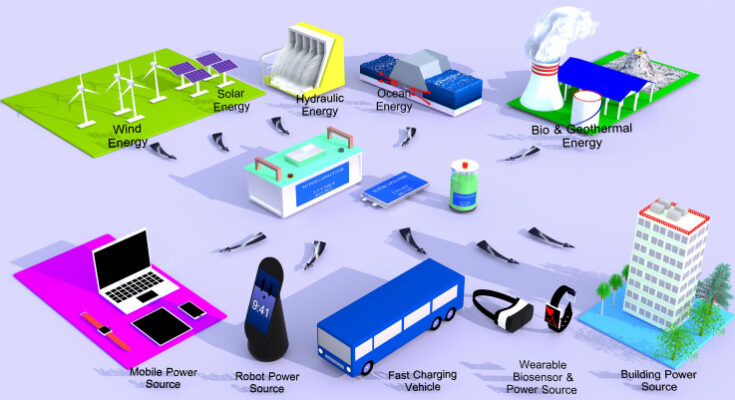Efficiencies in the distribution and storage of energy cannot be overstated in today’s world as the world moves away from fossil fuels to more sustainable energy sources, as fossil fuels are being depleted of their energy resources. Capacitors stand out as unsung heroes among the various components that play a crucial role in these systems. These simple yet powerful electronic devices are instrumental in shaping the future of green energy solutions.
Basics of energy storage
One of the primary functions of capacitors in green energy solutions is energy storage. Capacitors store energy directly in an electric field, unlike batteries, which store energy through chemical reactions. The components comprise two conductive plates that are separated by an insulating material known as a dielectric. When a voltage is applied, the capacitor stores energy, which can be rapidly released.
Smoothing power fluctuations
Renewable energy sources, such as solar and wind, are naturally variable.. The sun doesn’t always shine, and the wind doesn’t always blow. Capacitors help smooth out these fluctuations by quickly absorbing excess energy during peak production times and releasing it when output drops.
Enhancing power quality
Capacitors help filter out harmonics and other electrical noise that can degrade electrical systems’ performance. By maintaining clean, stable power, capacitors contribute to the efficiency and longevity of green energy infrastructure.
Energy harvesting
Capacitors are invaluable in energy harvesting applications, where small amounts of energy are collected from the environment. For example, in piezoelectric energy harvesting systems, which convert mechanical vibrations into electrical energy, capacitors store the tiny amounts of power generated.
Improving efficiency in power conversion
Green energy solutions often involve converting power from one form to another. For instance, solar panels produce DC power, which needs to be converted to AC for use in homes and businesses. Capacitors play an essential role in power conversion because they smooth out voltage ripples. This improves the efficiency of inverters and other devices that use power electronics as they convert power from one source to another.
Supporting electric vehicle technology
The rise of electric vehicles (EVs) is a critical component of many green energy initiatives. Capacitors contribute to EV technology in several ways. They help manage power distribution within the vehicle, support regenerative braking systems, and even complement batteries in some hybrid energy storage systems. Capacitors’ rapid charge and discharge capabilities are beneficial for capturing and reusing the energy generated during braking.
Enabling smart grid technologies
As power grids become more innovative and responsive, capacitors’ role becomes even more critical. They support the rapid switching and power management required in innovative grid systems, helping to balance load demands and integrate renewable energy sources more effectively.
Advancements in capacitor technology
One company at the forefront of capacitor innovation is italfarad, which is developing cutting-edge solutions for various industries. Their products exemplify the ongoing advancements in capacitor technology that are crucial for green energy systems’ continued growth and efficiency. The ongoing development of new capacitor technologies promises to unlock even more possibilities for sustainable energy solutions.
In conclusion, while they may not always be in the spotlight, capacitors are crucial in the green energy revolution. Their ability to store and release energy quickly, smooth out power fluctuations, and improve overall system efficiency make them indispensable in sustainable energy applications.




